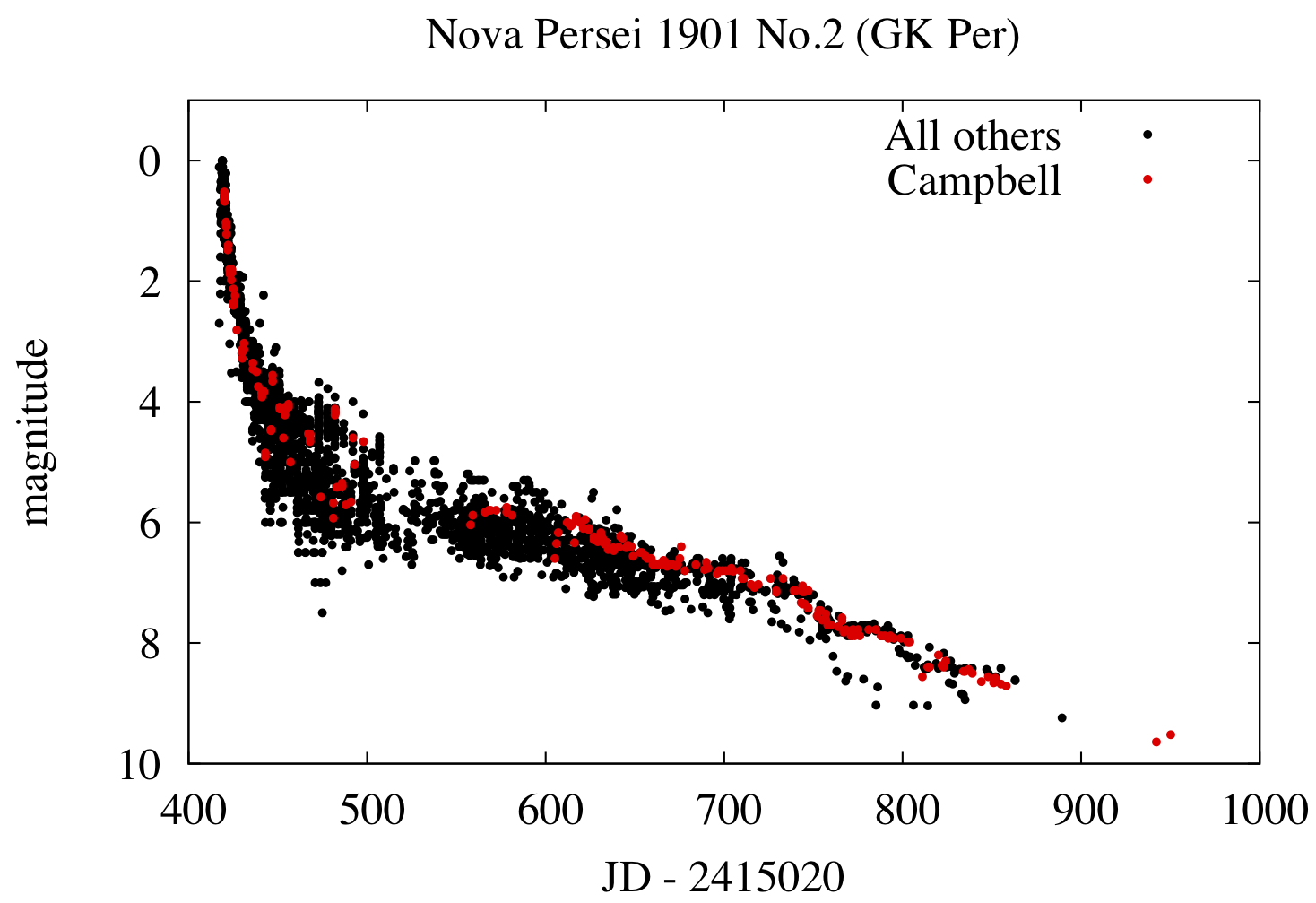data
accessing or submitting data
Getting Started with Data Analysis
One of the things that makes AAVSO citizen science projects unique is that the data analysis stage is also open to anyone. AAVSO members and observers aren't asked to simply to collect data for scientists to analyse, but they can do some analysis themselves. This includes steps such as identifying a project/problem/goal, collecting data, performing quality control procedures on it, analysing it and communicating results to others.
The main links in the Analyze Data sections are:
The AAVSO Research Portal
Welcome to the AAVSO's Research Portal. From this page, you can find information about obtaining AAVSO data, requesting new observations, or learning more about the AAVSO, its data, and its services for the research community. Its purpose is to facilitate your use of the AAVSO's resources in your research efforts.
See the gray boxes on the right hand side of this page to access the AAVSO data archives or to find out how to work with the AAVSO to obtain new scientific data.
The AAVSO International Database
Looking for AAVSO Data? Go directly to AAVSO Data Access.
BAAVSS data now available through the AAVSO
The American Association of Variable Star Observers (AAVSO) and the British Astronomical Association Variable Star Section (BAAVSS) are pleased to announce that the variable star observation archive of the BAAVSS is now available through the website of the AAVSO. The BAAVSS archives comprise over 2.5 million variable star observations made mostly by amateur astronomers world-wide over the past 150 years. These data now join the archives of the AAVSO in the AAVSO International Database, which consists of over 25 million variable star observations made by observe
AAVSO Sunspot Count Data
Use this form to access the American Relative Sunspot Number (Ra) as published by the National Geophysical Data Center (which is shut down pending a Federal budget agreement). These numbers reflect what was published by NGDC, and may contain typographical errors. For the official AAVSO value of Ra, see the AAVSO Solar Bulletin for specific month(s) you are interested in.
Data Usage Guidelines
Revised 2025 October 1 / 2025 January 6, 2023 / June 21, 2022 November 21
Please refer to the current Data Usage Guidelines.
Jump to Formal policy: Acknowledgement for Using AAVSO Data
Jump to Dear Colleague letter from the Director on using AAVSO data
Note on automatic rejection of low signal-to-noise data
Note on Automatic Rejection of Low Signal-to-noise Data
The AAVSO has a policy in place that states positive observations having errors equal to or greater than 1.0 magnitudes are not accepted as is. For a given measurement, an error of 1.0 magnitude is equivalent to a signal-to-noise ratio of 1, meaning that the purported signal is indistinguishable from the average noise fluctuation in the data and statistically is not a significant detection.
Archival Data Digitization -- Work In Progress
The AAVSO's volunteer-driven project to digitize paper archives of variable star observations is moving forward, and there have been some exciting developments over the past few months that deserve to be mentioned. Here, I'll summarize some of the happenings in this project, and talk about some of the issues that have arisen at AAVSO and among the volunteers.
AAVSO Maxima and Minima for Long Period Variables: Data Access
These data are formally published for the years 1900 to 2008. For a description of this data set, please click here.


